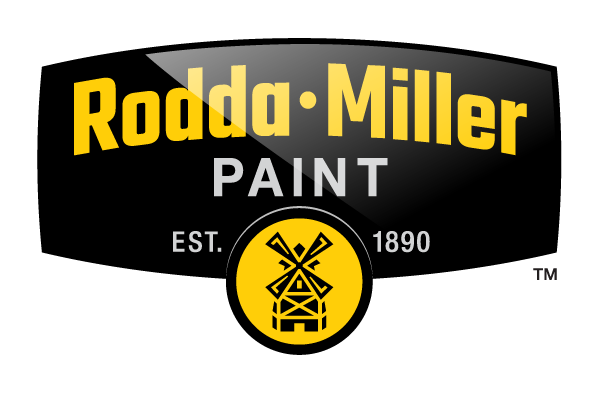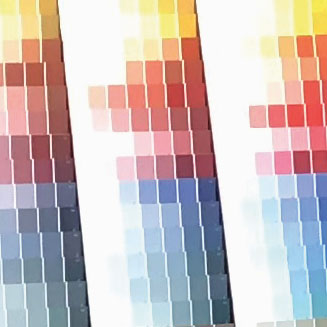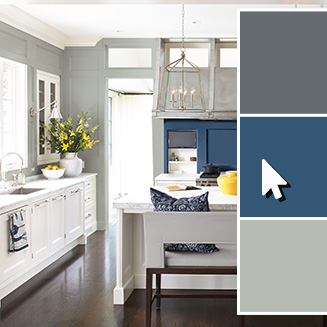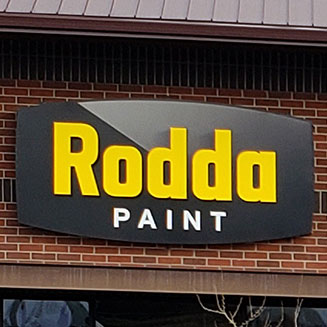Apply Corroseal® in a Thick White Coat by Brush, Roller or Spray
Follow these four easy steps and breathe new life into your work.

STEP 1: PREPARE THE SURFACE
To start, remove large pieces of rust scale so Corroseal has a surface of fine rust to convert. This will avoid chipping later.

STEP 2: CLEAN THE SURFACE
Scrub clean removing oil and dirt.
Start with a clean surface. Oil and dirt can make it difficult for Corroseal to adhere and react as needed, so cleaning first is crucial. Do not use an oil-based cleaner for this step. We highly recommend Corroseal Cleaner for metal surface prep. Rinse thoroughly after cleaning. Then rinse again just to be sure.

STEP 3: APPLY CORROSEAL
Using a brush, roller or spray, apply a thick coat of Corroseal. The thicker, the better. It will be white when first applied, then begin to turn black as it converts rust. Check in 15 minutes, if brown or gray spots peak through, apply another thick coat. A second coat is encouraged to get all rust covered with no seepage. Check again in 15 minutes and reapply as needed.

STEP 4: PAINT & ENJOY
Once dry, it is primed and ready for paint. Painting will ensure extra protection from future rust. Enjoy!
Corroseal Visual Inspection
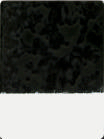
CORRECT FINAL APPEARANCE
Purple black to black surface over rusted areas. Clear film over old paint. White topcoat applied after 24-hour cure shows no bleeding.
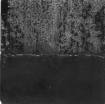
INSUFFICIENT APPLICATION
Gray color indicates the need for more Corroseal to be applied while the surface is still tacky.

IMPROPER APPLICATION
Brown streaks show incomplete conversion due to a wet surface or thinned product. Remove Corroseal, re-clean the area, and re-apply Corroseal.
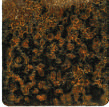
IMPROPER SURFACE PREPARATION
Speckled discoloration indicates mineral salts or other chemical contamination. Remove Corroseal, re-clean the area, and re-apply Corroseal.

